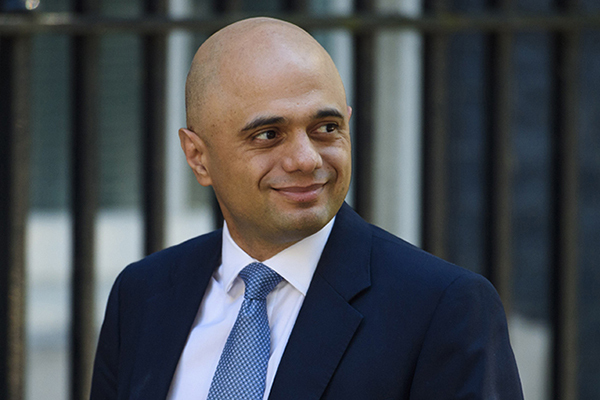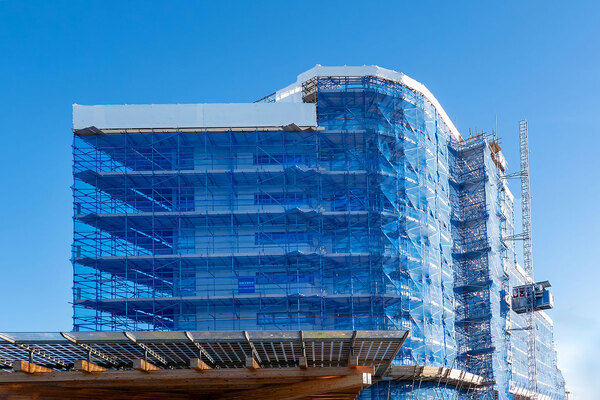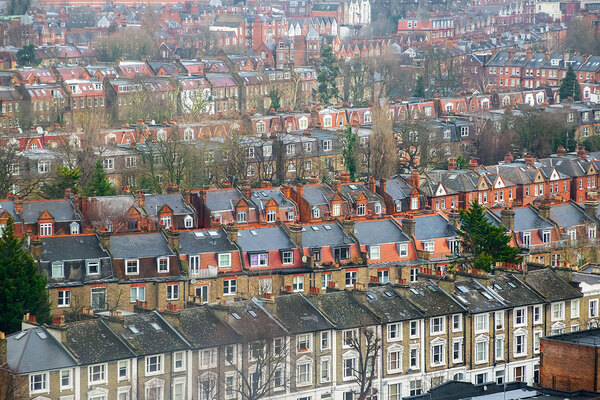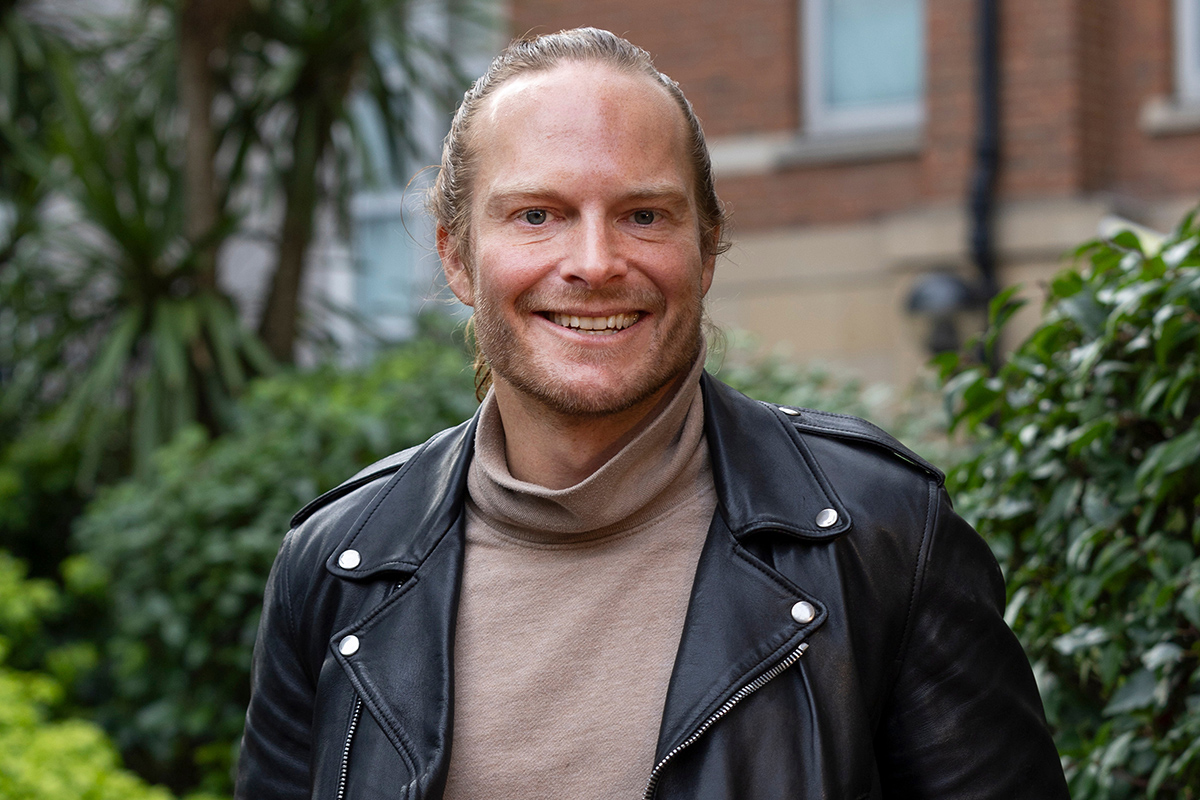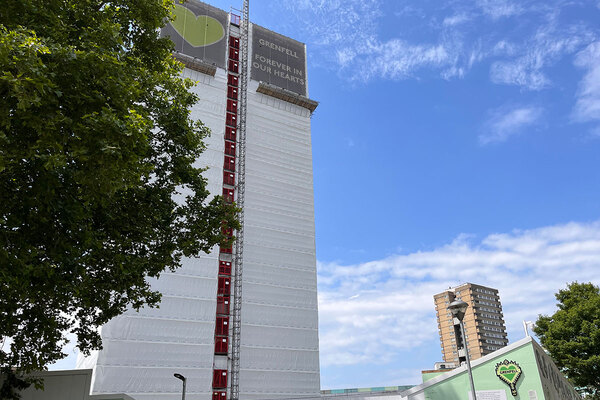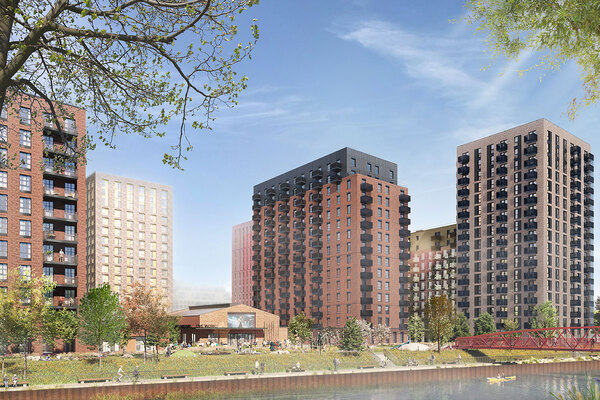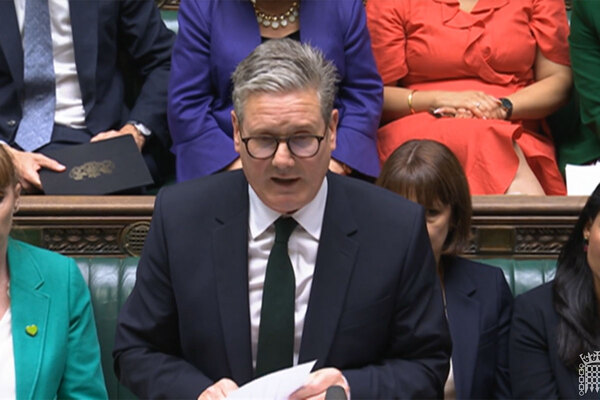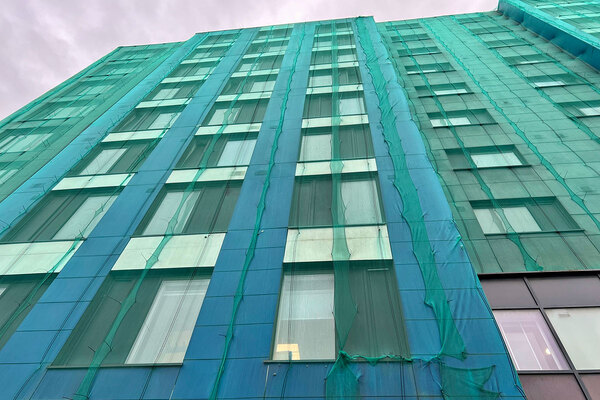Government panel says cladding tests must include insulation
Cladding must be tested further, with insulation added to the process, the government’s fire safety expert panel has advised.
The panel, which is chaired by former London fire commissioner Sir Ken Knight, has recommended further testing beyond just the plastic cores of aluminium cladding.
The panel has identified six combinations of cladding systems and insulation, and the Building Research Establishment (BRE), which conducted the previous tests, will be testing demonstration walls nine metres high.
The BRE will build a fire underneath the demonstration wall, as if it was breaking out of a window below, to see if the flames spread up the wall.
The government has not given guidance on what landlords should do if cladding fails the test.
A spokesperson said: “Landlords will be expected to take their own professional advice on what is required for their buildings in the usual way.”
The new tests will still only involve aluminium composite material (ACM), and will test three different core materials – unmodified polyethylene, fire-retardant polyethylene, and non-combustible mineral – along with two different insulation materials – rigid polyisocyanurate foam and non-combustible mineral wool.
This is despite recent complaints by social landlords that they have been kept in the dark by government over the potential fire risks of cladding that is not made of ACM.
The cladding added to Grenfell Tower in a refurbishment – partly blamed by the Metropolitan Police for the spread of the fire – was ACM with an unmodified polyethylene core. Behind it was rigid polyisocyanurate foam, which manufacturer Celotex said would have released “toxic gases” if it caught fire.
Lord Gary Porter, chair of the Local Government Association, had criticised the BRE testing for only checking the combustibility of the core of a panel.
He said: “We are pleased the expert advisory panel has acted on our concerns and is making much-needed changes to the testing process. This new testing needs to be undertaken urgently.
“Councils worked speedily to send samples of ACM cladding for testing. These showed that only 10% of the 166 councils which own their housing stock have high-rise buildings with confirmed ACM cladding.
“But we have been clear all along that entire cladding panels and the insulation behind them need to be fire tested together as a system, rather than just the core of the panels on their own.”
Because the tests involve combinations of different materials, social landlords will not have to provide further samples. Instead, landlords are advised to determine the materials used in their cladding and insulation and await test results. The government has said it will be issuing guidance on how to make these determinations shortly.
